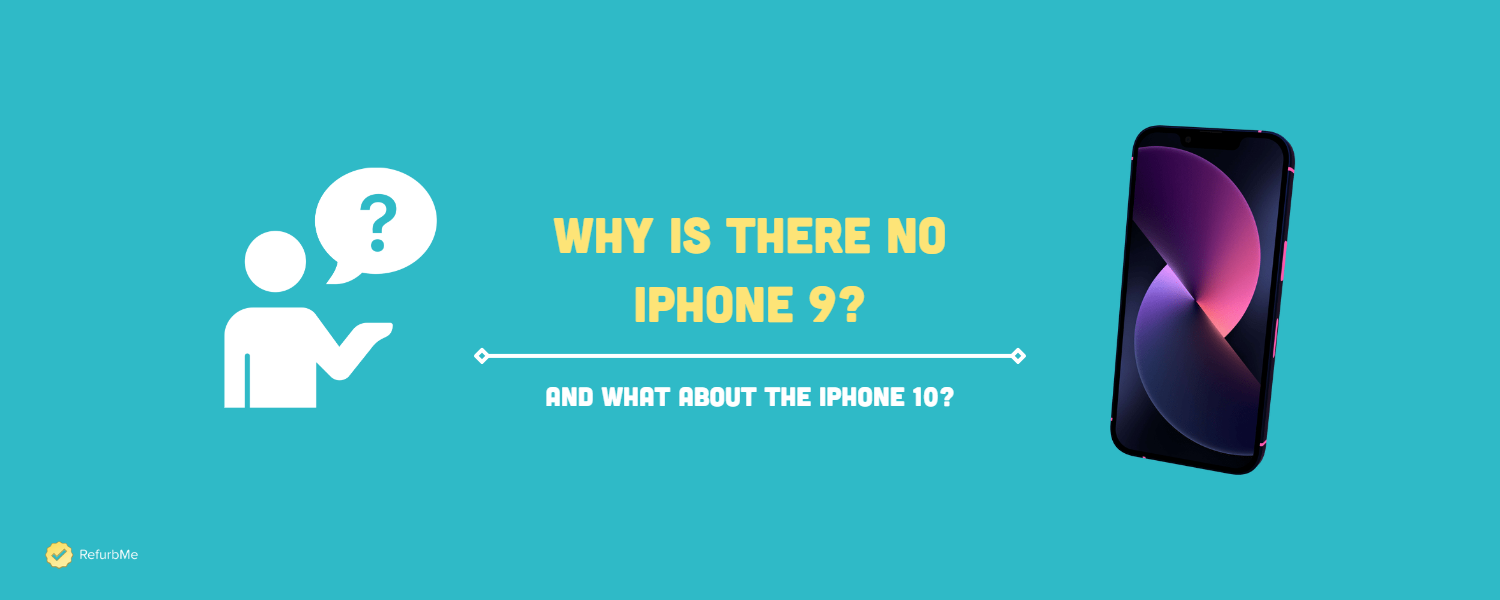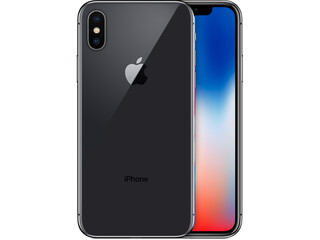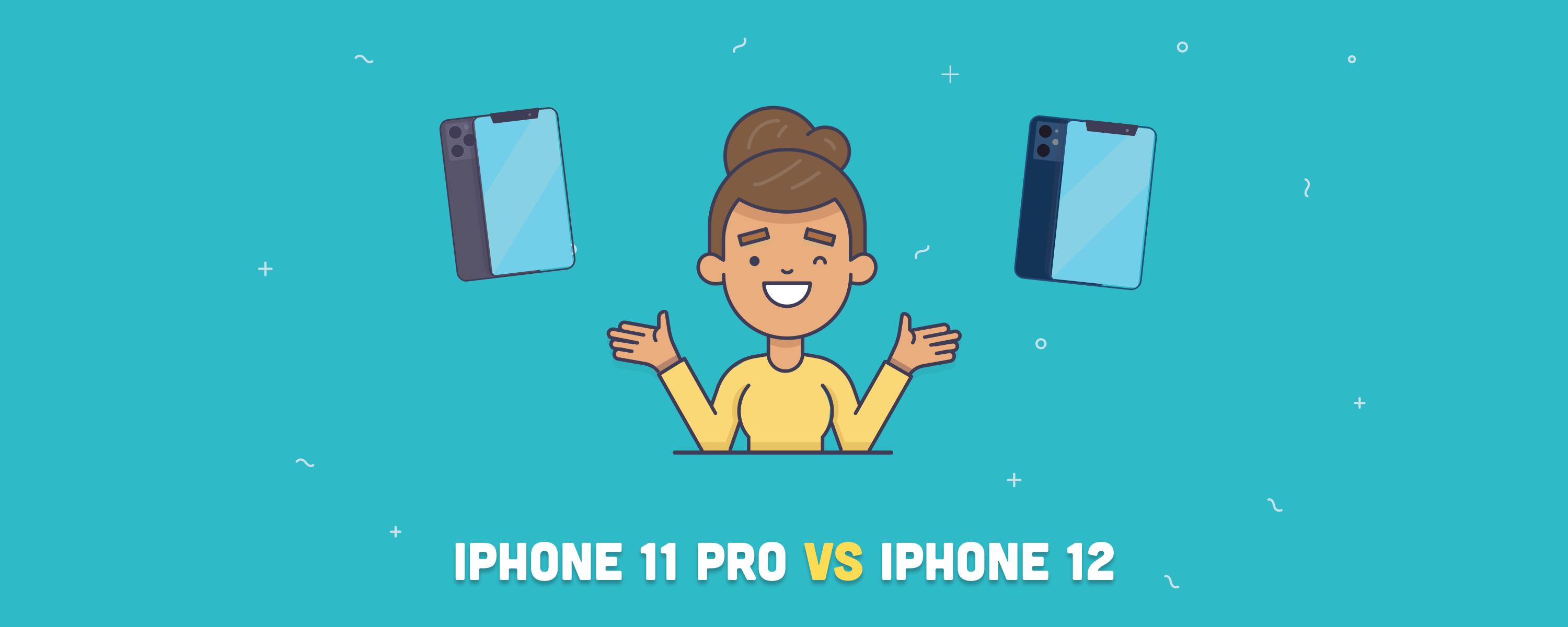The iPhone has been one of the most successful product lines in the history of consumer electronics. Since its introduction in 2007, Apple has released numerous versions of the iPhone, each with its own unique features and upgrades. However, there’s something curious about Apple’s naming convention for the iPhone models. If you look closely, you’ll notice that there’s no iPhone 9 or iPhone 10. So, what happened to these models, and why did Apple skip them? In this blog post, we’ll explore the reasons behind Apple’s unconventional naming strategy.
Table of contents
Why did Apple skip the iPhone 9?
Apple’s decision to skip the iPhone 9 and jump straight from the iPhone 8 to the iPhone X may be due to the following reasons.
1. It was the iPhone’s 10th anniversary
The reason for Apple skipping the iPhone 9 in 2018 was to help mark the 10th anniversary of the iPhone. To do this, they chose to name the smartphone the iPhone X. Apple wanted to do something special to commemorate its tenth year in the iPhone business, and the iPhone X was the perfect way to mark the occasion.
2. To indicate a significant upgrade for the iPhone
The significance of the iPhone upgrade is twofold:
- Apple was one year short on its iPhone numbering and was the first phone to break the $1000 mark. The iPhone X ditched the home button in favor of Face ID and looked completely different from the iPhone 8 and iPhone 8 Plus.
- It was a way of categorizing the iPhone 8 and iPhone 8 Plus into the same series. This gave consumers only two choices: good versus best instead of old versus new, which made the expensive iPhone X appear extra special and likely to increase sales.
3. It’s better marketing
Apple’s decision to skip the iPhone 9 was a better marketing move as it avoided any potential negative connotations that customers from certain countries might associate with the number 9, as in the case of Japan.
Instead, Apple chose to go with the Roman numeral X, which has a more positive connotation in customers’ minds. In some cultures, the letter X symbolizes crossing-overs, transmigration, and transformation, perfectly encapsulating the significant changes that the iPhone X brought to the market.
Additionally, the letter X was better suited to the premium market positioning of the iPhone, as it created a sense of exclusivity and luxury.
What happened to the iPhone 10?
The iPhone 10 is known as the iPhone X. It was released alongside the iPhone 8 and 8 Plus in 2017 to celebrate the iPhone’s 10th anniversary. Apple chose to skip the iPhone 9 and jump straight to the iPhone X, opting to use the Roman numeral ‘X,’ which denotes 10, as the numbering system. The iPhone X was later discontinued, but it remains one of the best innovations from Apple. Compare prices and availability in real time here:
👉 Learn more: Is the iPhone X Worth Buying in 2024?
Takeaway
In short, these are the reasons why there is no iPhone 9 and iPhone 10:
- Apple skipped the iPhone 9 and jumped straight to the iPhone X in 2017 to celebrate the 10th anniversary of the iPhone.
- The iPhone X was a significant upgrade from the iPhone 8 and 8 Plus, featuring Face ID and a new design.
- Apple chose to use the Roman numeral ‘X,’ which denotes 10, as the numbering system for the iPhone X.
- The decision to skip the iPhone 9 was a better marketing move. It avoided potential negative connotations associated with the number 9 in certain cultures.
- The letter X was better suited to the premium market positioning of the iPhone, creating a sense of exclusivity and luxury.
If you are looking to get an iPhone, all these models aforementioned are discontinued. However, you can buy them refurbished for a really low price nowadays. A refurbished iPhone has been thoroughly examined and cleaned by professional refurbishers before being on sale again to ensure its perfect functionality. You can compare the best prices from reputable sellers on RefurbMe, everything in one place.
👉 Compare and get your iPhone at the best price now
FAQ
It could be argued that the iPhone XR could be considered an iPhone 9. Apple released the iPhone XR after the iPhone 8 and before the iPhone XS, and the iPhone XR was essentially a less expensive version of the iPhone X, with a larger 6.1-inch LCD display compared to the 5.8-inch OLED of the iPhone X.
👉 Learn more: iPhone X vs. iPhone XR: Which One Is Better and Why?
Apple did not release the iPhone 2 and instead called the new model iPhone 3G. The company wanted to take advantage of the popular 3G network that was emerging at the time.
The iPhone X was released in November 2017 to commemorate the 10th anniversary of the iPhone device. It was written as X, the Roman numeral for 10. However, the correct pronunciation of the iPhone X is iPhone 10 instead of iPhone Ex.







